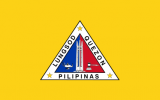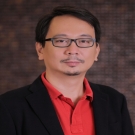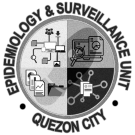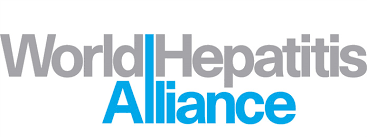“HIV is one of the complex diseases that need to be addressed not only of the medical aspect but with a multisectoral and multifactorial approach. Even us, RITM which is the most prominent treatment hub in the country that caters to PLHIV, we cannot do it alone. That is why we need partners like the Quezon City Health Department, and it's Service Delivery Network to address and provide quality services for our PLHIV."
Mayor's Message

"Quezon City prides itself as an example of how committed leadership and key partnerships count. It has prioritized the AIDS response at the very highest levels of government, working closely with UNAIDS in an unrelenting effort to pursue and sustain its programme of zero new HIV infections, zero discrimination and zero AIDS-related deaths."
Joy Belmonte
City Mayor
















